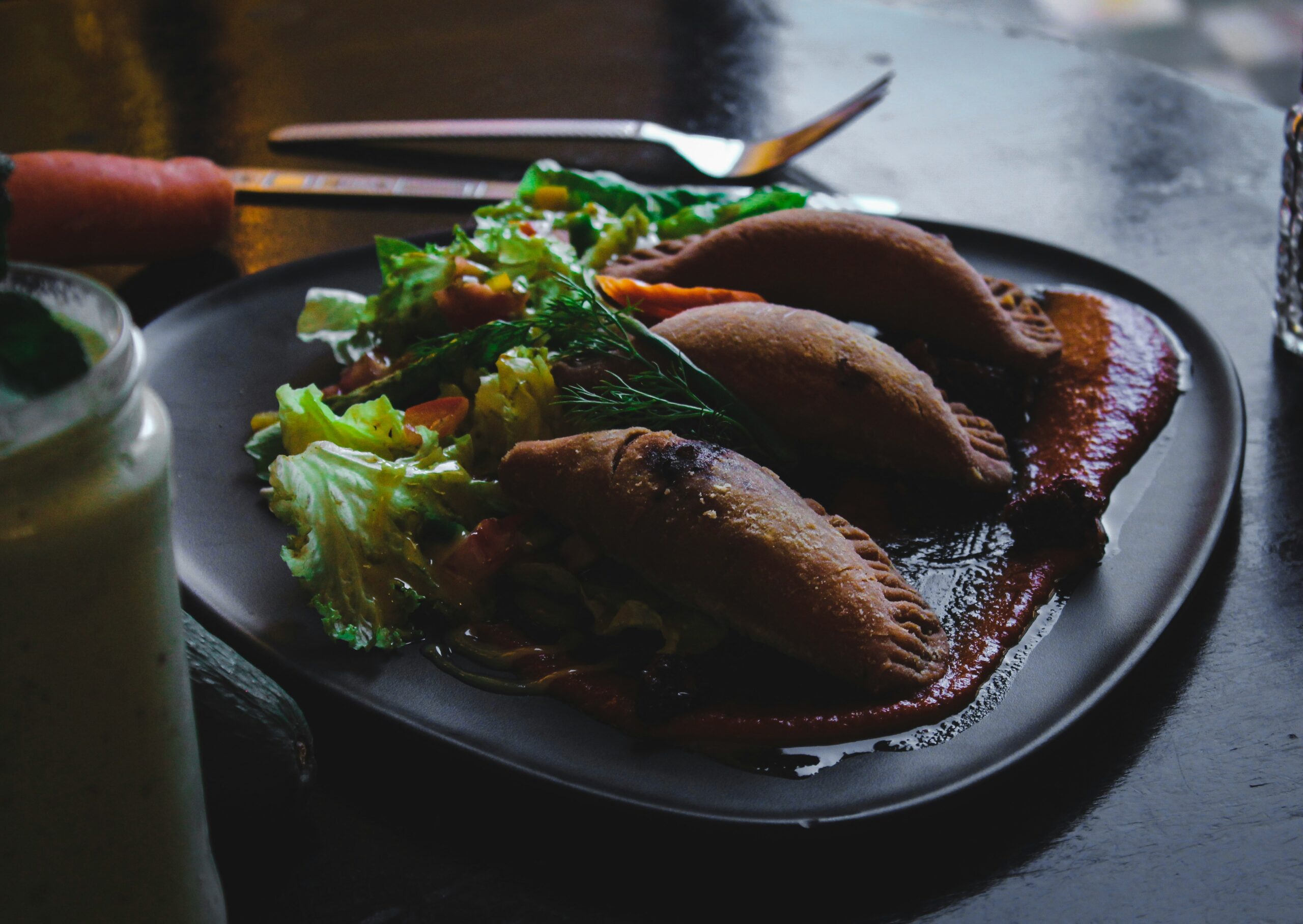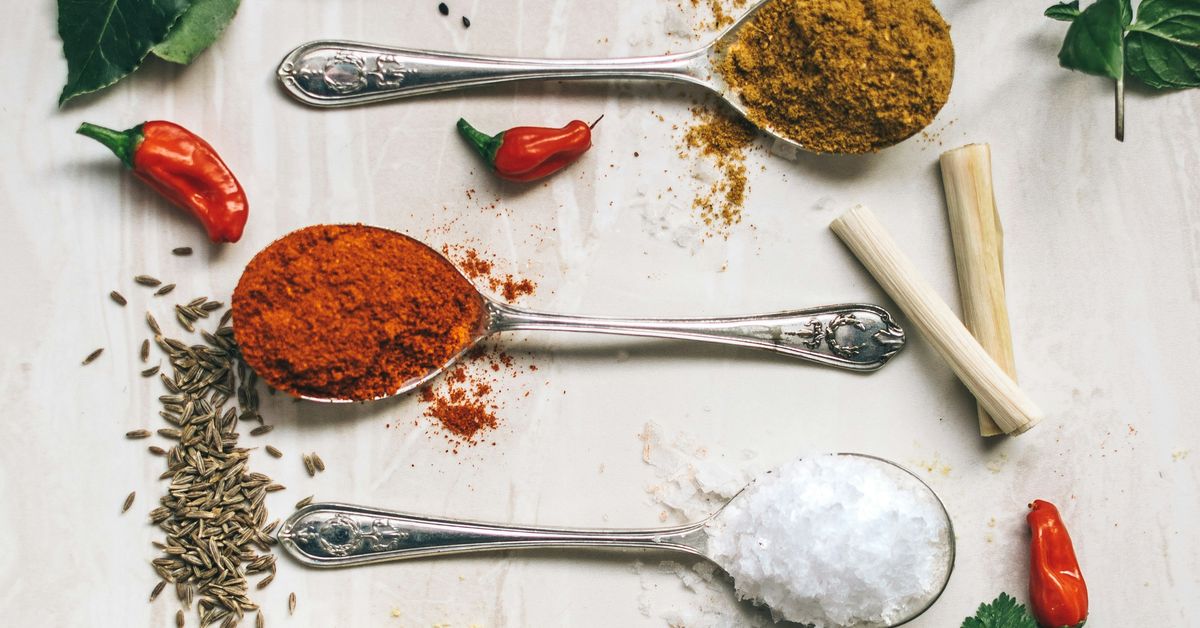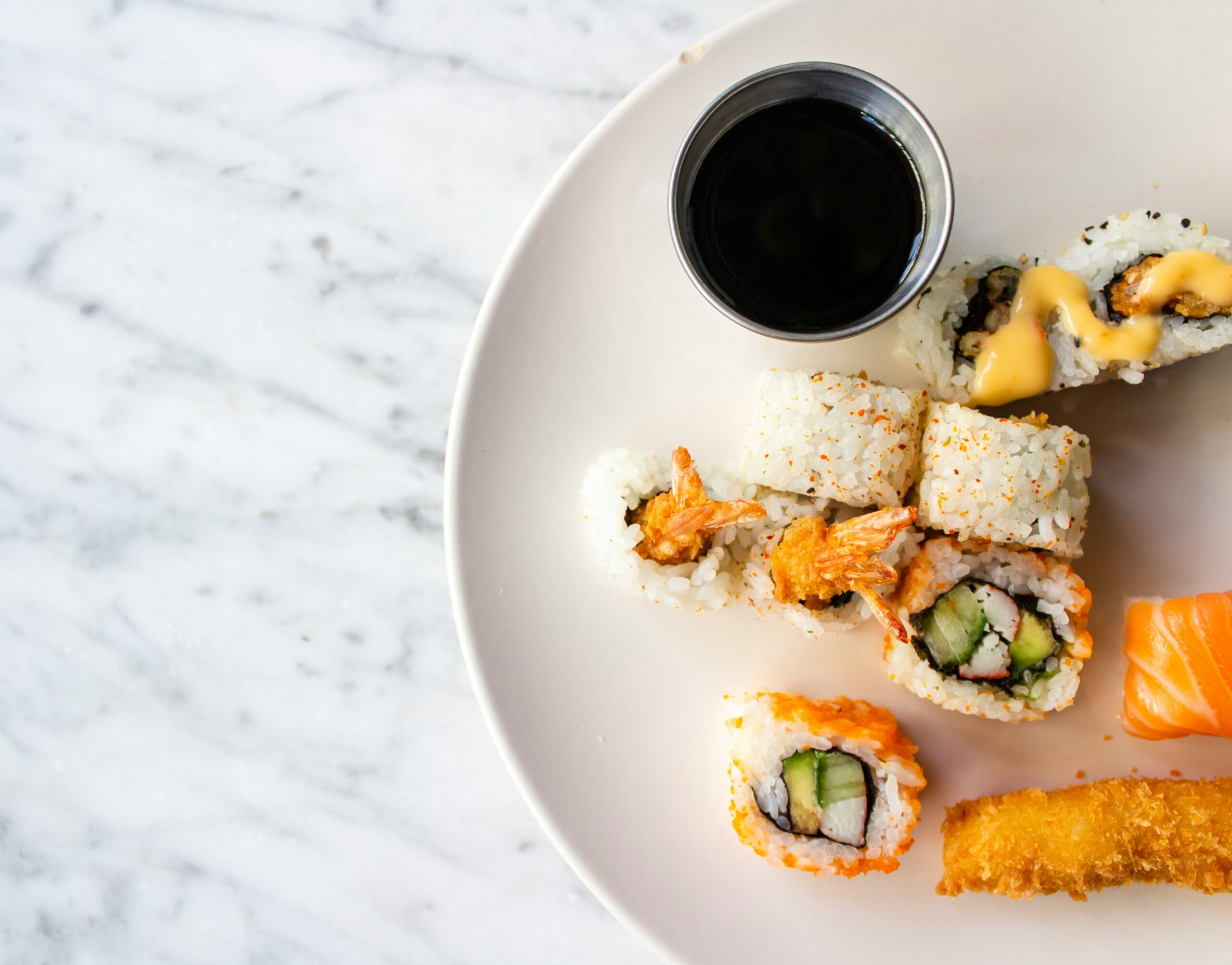Savoring Traditions: Exploring the Heart of Family Recipes Across Generations
Have you ever sat down to a meal that instantly transported you back in time? Maybe it was your grandmother’s lasagna, bubbling with gooey cheese, or perhaps your father’s secret chili recipe, simmering on the stove with a scent that wraps around you like a warm hug. For many of us, family recipes are more than just a collection of ingredients and instructions; they are the lifeblood of our heritage, the glue that binds generations together. In this journey, we’ll explore how these cherished culinary traditions not only nourish our bodies but also our bonds with one another.
Family Recipes: A Culinary Legacy
At their core, family recipes are narratives told through flavors. They often originate from a specific time and place, a reflection of cultural backgrounds and historical circumstances. Think about it: when someone hands you a handwritten recipe, it’s like receiving a piece of their history. Each ingredient has a story, and the preparation method is a ritual passed down, sometimes with slight variations that mark the personal touch of each generation.
Imagine the kitchen of your childhood home—maybe it’s filled with the sound of laughter, the clinking of pots, and the mouth-watering aroma of something delicious bubbling away. Food writer Molly O’Neill once said, “Food is memory.” And how true that is! Many of us can recall not just what we ate, but the people we shared those meals with. It’s this emotional connection that makes family recipes so special.
The Role of Culture in Family Recipes
Cultural influences play a significant role in shaping family recipes. For instance, in Italian households, the Sunday dinner is sacred. Families gather around the table for hours, sharing stories and laughter, while enjoying multiple courses that often include homemade pasta, rich sauces, and desserts like tiramisu. Each dish is infused with tradition, often dating back centuries.
Similarly, in many Eastern European families, recipes for dishes like pierogi or borscht are lovingly guarded secrets, passed down through generations, each cook adding their individual flair. It’s not uncommon to hear, “My grandmother made it this way,” or “This is how my mother taught me.” These small variations are what keep the tradition alive, creating a tapestry of flavors that is uniquely personal.
Bringing Back the Family Recipe Book
With the advent of technology, family recipes have found new life in digital formats. However, there’s something undeniably special about a handwritten recipe book filled with smudges and notes—like an old friend that has been with you through thick and thin. I recall my own mother’s recipe book; its pages were worn, some edges frayed, revealing the history of countless family meals. There’s a certain magic about seeing a note scribbled in the margins that says, “Add more garlic!” or “This dish is best with a splash of red wine.”
Many families today are taking the time to compile their culinary legacies into physical or digital cookbooks. These collections often include not just recipes, but stories and memories associated with each dish. They serve as a bridge, connecting past generations with the present and future. A family cookbook can become a treasured heirloom, much like a piece of jewelry or a family photo album. It’s a way to preserve the essence of family, even when loved ones are no longer at the table.
Learning from Each Other: The Intergenerational Kitchen
The kitchen is often a hub of intergenerational learning. Youngsters eagerly watch their grandmothers knead dough or their fathers chop vegetables, absorbing not just techniques but also the love that goes into each dish. There’s a kind of alchemy in cooking together that fosters bonding. It’s a space where stories are shared, laughter erupts, and life lessons are imparted, all while creating something delicious.
Many families have their own rituals that involve cooking. Perhaps it’s a Saturday morning pancake breakfast where everyone pitches in, or a holiday feast where each family member is responsible for bringing a different dish, a way of showcasing their personal touch on the family recipe. These moments create not just meals, but memories that last a lifetime.
Food as a Storyteller
Every dish tells a story, often reflecting broader social and historical contexts. For example, during the Great Depression, families had to get creative with what they had on hand. Many recipes from that era emphasize frugality and resourcefulness, turning simple ingredients into something hearty and filling. It’s fascinating to consider how food can serve as a historical marker, a snapshot of life during a specific time.
Take the classic American pot roast, for instance. This dish has roots in the 19th century when it was popularized by various communities that needed to make tough cuts of meat tender and flavorful. Today, it remains a comforting staple in many households, a reminder of the resilience and creativity of our ancestors. The stories behind these recipes often reveal much about the values and challenges faced by families throughout history.
Preserving Family Recipes for Future Generations
As the world becomes increasingly fast-paced, there’s a growing concern that family recipes might be lost in the shuffle. Modern conveniences often overshadow the art of cooking from scratch. However, there’s a silver lining: a renewed interest in “slow cooking” and farm-to-table movements is leading people back to their kitchens, encouraging them to rediscover their culinary roots.
One way to preserve family recipes is by involving younger generations in the cooking process. Teaching children and grandchildren the importance of these dishes can spark interest and help ensure that they’re carried forward. For instance, a cooking night with the family, where everyone gathers to prepare a beloved recipe, can transform into a fun tradition. (Just beware of the flour fights!)
Celebrating Food Together: The Importance of Family Meals
Research consistently shows that sharing meals as a family can have numerous benefits—enhanced communication skills, better eating habits, and even improved mental health. The act of coming together to share food fosters a sense of belonging and security. In our busy lives, it’s crucial to carve out this time to reconnect.
Additionally, family meals can serve as a wonderful opportunity to share the stories behind the dishes. Perhaps there’s a funny anecdote about that one time a recipe went hilariously wrong, or a touching story about the origin of a specific dish. These narratives enrich the experience and create a deeper appreciation for the food on the table.
Modern Twists on Traditional Recipes
In recent years, many home cooks have taken to modernizing traditional family recipes, breathing new life into old favorites. This might involve swapping out certain ingredients for healthier alternatives or experimenting with different cooking techniques to suit contemporary tastes. For instance, a traditional fried chicken recipe may be adapted for the air fryer, allowing for a lower-fat version without sacrificing flavor.
This innovation doesn’t mean abandoning the original recipe; rather, it’s about adaptation and evolution. It’s a way of honoring the past while embracing the present. I once witnessed a friend transform her grandmother’s famous chocolate chip cookies into a gluten-free version that still had everyone reaching for seconds. It’s a testament to how food can grow with us, allowing for creativity while still preserving those cherished memories.
The Emotional Connection of Food
Let’s not forget the emotional connection that food can evoke. Many studies suggest that eating certain comfort foods can trigger happy memories, providing a sense of nostalgia that is hard to replicate. There’s a reason why we often turn to mac and cheese or warm chocolate chip cookies during times of stress—these foods are imbued with love and comfort.
Food can also serve as a powerful tool for healing during difficult times. I’ve heard countless stories of families gathering around a table to break bread after a loss, using food as a means of connection and support. It’s during these moments that the true power of family recipes shines through, as they offer solace and a sense of unity in times of grief.
Conclusion: The Future of Family Recipes
As we move forward in an ever-changing world, the importance of family recipes remains steadfast. They are not just dishes; they are a way to preserve our heritage, share our stories, and connect with one another. By embracing the old while welcoming the new, we can ensure that these culinary traditions continue to thrive for future generations.
So, the next time you pull out a cherished family recipe, take a moment to appreciate what it represents. It’s more than just a meal; it’s a bridge across time, a connection to those who came before us, and a gift for those who will come after. And whatever you do, don’t forget to pass it on—along with the stories, laughter, and love that make it so special.
In a world that often feels disconnected, let’s hold tight to the traditions that bind us. After all, sharing a meal is one of life’s most beautiful ways to say, “You matter.”




